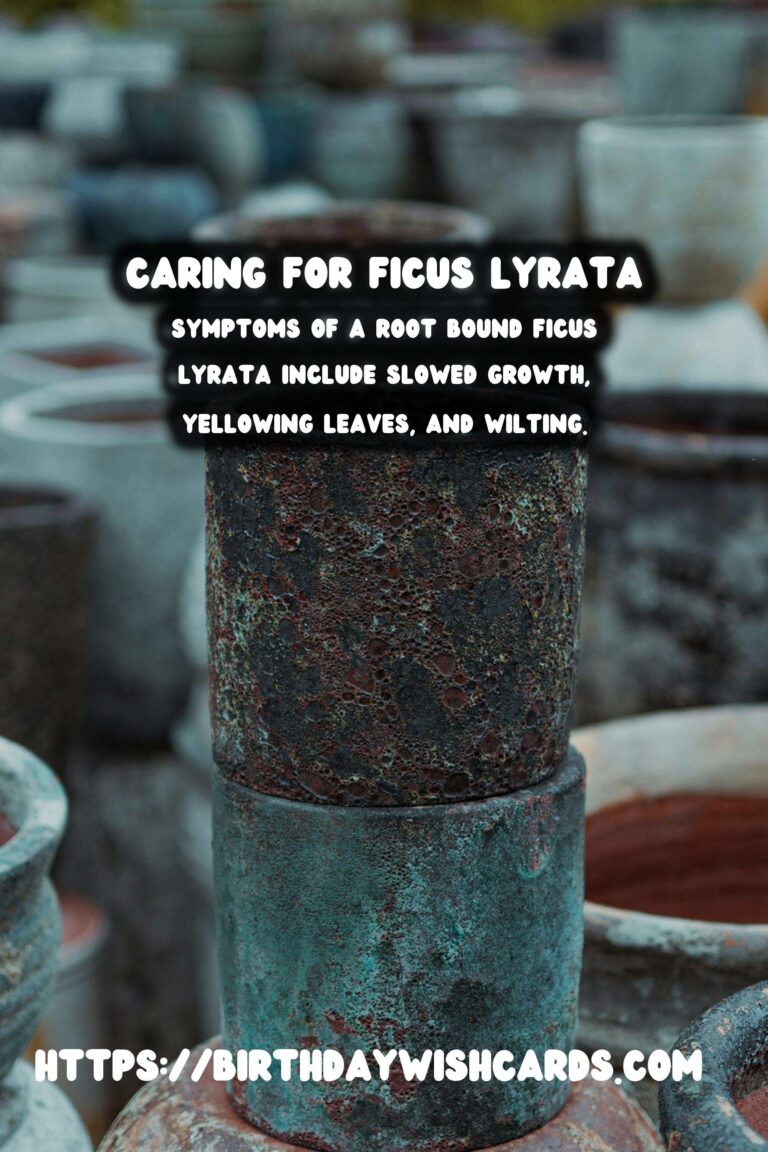
The Ficus Lyrata, commonly known as the fiddle leaf fig, is a popular houseplant admired for its large, lush leaves and elegant appearance. However, as with any plant, it requires proper care to thrive. One common issue that Ficus Lyrata owners face is the plant becoming root bound. Understanding the symptoms and solutions for a root bound Ficus Lyrata is crucial for maintaining its health and beauty.
What Does Root Bound Mean?
Root bound refers to a condition where the roots of a plant have outgrown their container, forming a dense, tangled mass. This can restrict the plant’s ability to absorb water and nutrients, ultimately affecting its health and growth. For Ficus Lyrata, being root bound can lead to several observable symptoms that indicate the need for intervention.
Symptoms of a Root Bound Ficus Lyrata
One of the most noticeable symptoms of a root bound Ficus Lyrata is slowed or stunted growth. If you notice that your plant is not growing as vigorously as before, it might be time to check the roots.
Another symptom is yellowing leaves. When the roots are tightly packed, they struggle to provide the necessary nutrients to the plant, leading to nutrient deficiencies that manifest as yellow leaves.
Wilting, even after watering, is also a sign. A root bound Ficus Lyrata may not be able to absorb water efficiently, causing the leaves to wilt despite regular watering.
Additionally, you might observe roots protruding from the drainage holes of the pot or circling the surface of the soil. This is a clear indication that the roots have run out of space.
Solutions for a Root Bound Ficus Lyrata
Repotting is the most effective solution for a root bound Ficus Lyrata. Choose a pot that is one to two sizes larger than the current container to give the roots more space to grow.
Before repotting, gently loosen the root ball to encourage the roots to spread out in the new pot. Trim any excessively long or damaged roots to promote healthy growth.
Ensure that the new pot has adequate drainage holes to prevent waterlogging, which can lead to root rot.
After repotting, water the plant thoroughly to help it settle into its new environment. Monitor it closely for the first few weeks to ensure it is adapting well.
Preventing a Ficus Lyrata from Becoming Root Bound
Regularly check the root system of your Ficus Lyrata, especially if it has been in the same pot for more than a year. This will help you catch any early signs of becoming root bound.
Provide appropriate pot sizes as the plant grows, ensuring it has enough space to expand its roots comfortably.
Incorporate regular fertilization into your care routine to support healthy root development and overall plant health.
Conclusion
The Ficus Lyrata is a stunning addition to any indoor space, but like all plants, it requires attention and care. Recognizing the symptoms of a root bound plant and knowing how to address them will ensure your Ficus Lyrata remains healthy and vibrant. By taking proactive measures, you can prevent root bound conditions and enjoy the beauty of this magnificent plant for years to come.
The Ficus Lyrata, commonly known as the fiddle leaf fig, requires proper care to thrive. Root bound refers to a condition where the roots of a plant have outgrown their container. Symptoms of a root bound Ficus Lyrata include slowed growth, yellowing leaves, and wilting. Repotting is the most effective solution for a root bound Ficus Lyrata. Regularly checking the root system and providing appropriate pot sizes can prevent root bound conditions. 

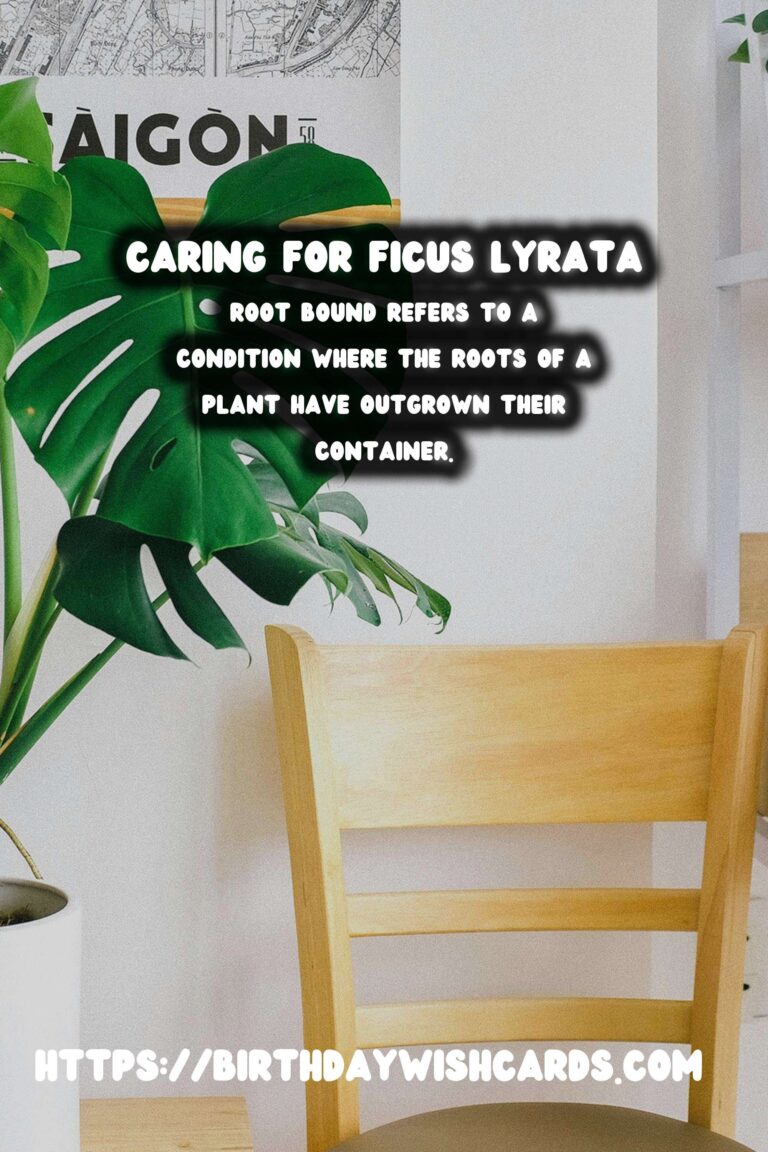

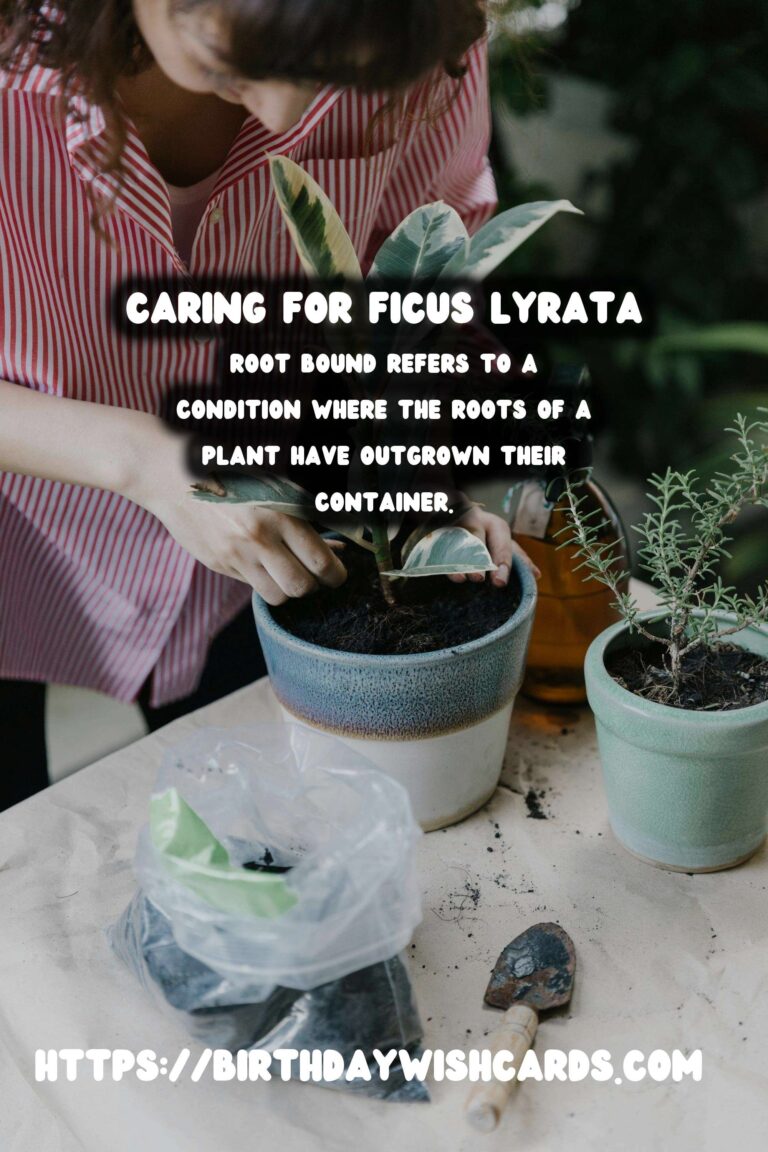

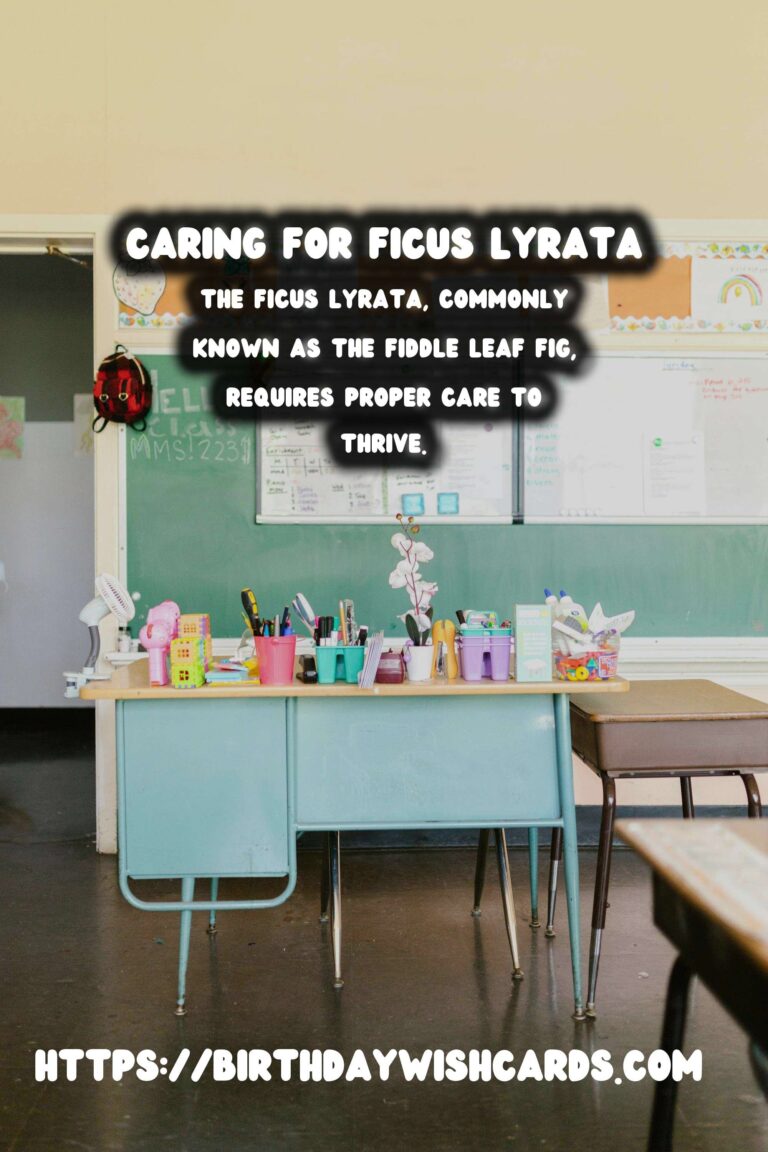


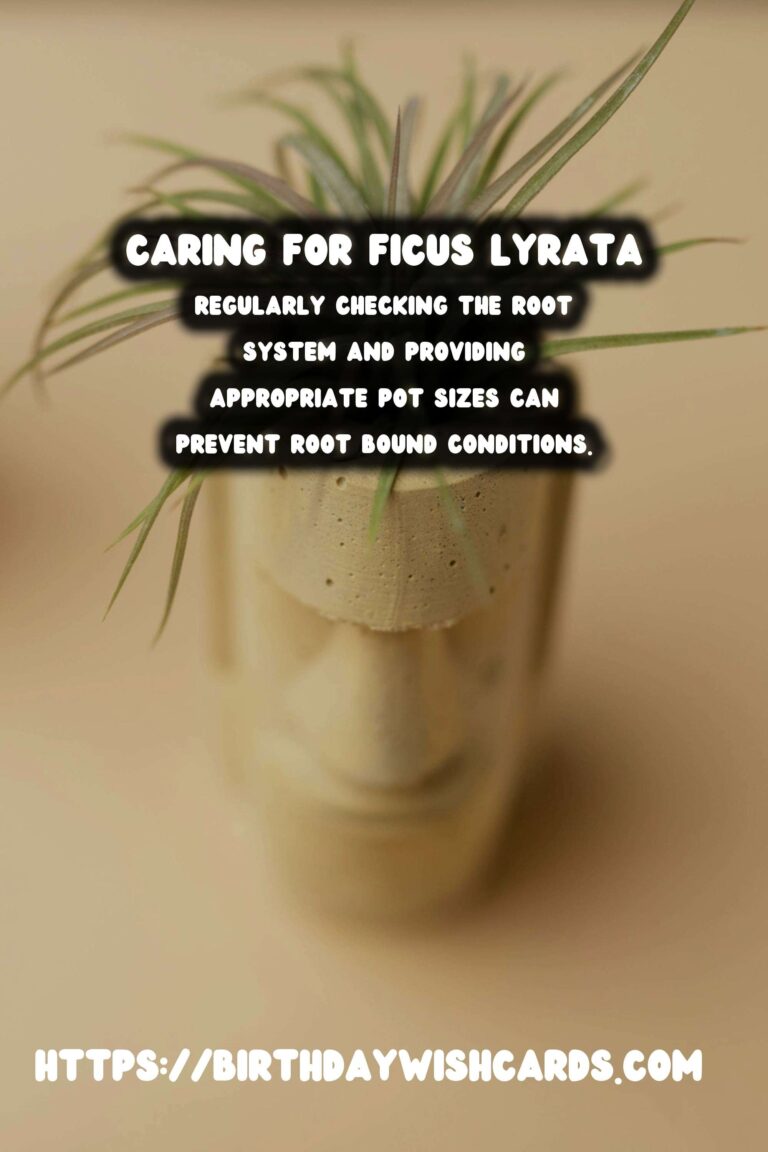
#FicusLyrata #PlantCare #RootBound #Houseplants #GardeningTips




